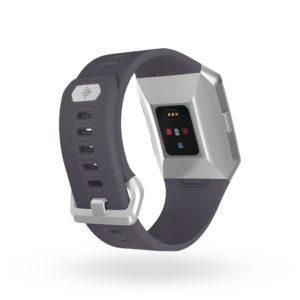
The Ionic timing is perfect since marketshare for the Fitbit has plummeted over the last year. And while the company reports 50 million registered users it has failed to disclose how many of those registered users ever take the device out of their underwear drawer.
A couple of thoughts:
- The Fitbit Ionic is a device wanting to position itself as a platform. Anyone can make a watch with features. But that doesn’t make it a place and space upon which important stuff can be built. This is where the Fitbit Ionic will never keep up with the Apple Watch or any of the Android smart watch products. The Apple Watch connects flawlessly to the iPhone which hosts a growing number of applications. It’s these applications that operate so flawlessly together that give the watch-phone dyad its own special kind of life.
- Health devices likely won’t stand alone. Health applications will become increasingly prescriptive and demanding and will succeed only when piggy-backed on a secure platform or space that can handle the load. I’m concerned that the Ionic won’t hold its water as a player in health.
- Fitbit will always be a step counter. When I see this product I see a step counter that makes mobile payments. Even the design suggests a fitness appliance. John Gruber of Daring Fireball described Ionic as “an Apple Watch that got hit by the ugly stick.”
Fitbit and its step counters will likely meet the fate of the 1980’s word processing behemoth, Wang Laboratories.
If you like this summary, you might like: Can a Fitbit Save Your Life?